Large Format Camera Movements
Some of these movements can be achieved using specialty lenses on other cameras but the movements on large format cameras are a core feature. By using these movements you can manipulate the scene to not only capture what you see but create the image you visualized. This is a brief overview of some of the movements available to you and how they help you to create images.
Front Standard
Front standard or Lens Plane movements are available in most large format cameras. Using Front Standard movements you can change the plane of focus based on the elements in the frame. This allows you to lower your aperture to stay within the sharpest aperture range of your lens or to keep the shutter speed fast enough to stop some motion.
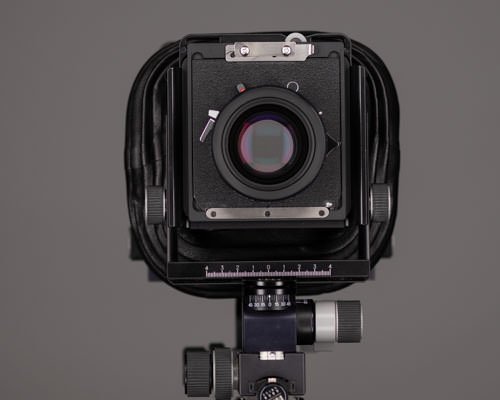
Rear Standard
Rear Standard or Film Plane movements are available on most large format cameras. Using Rear Standard movements you can manipulate the size of objects in a scene based on their location within the frame. For example, you can make foreground elements appear larger than they are without diminishing the appearance of background elements.
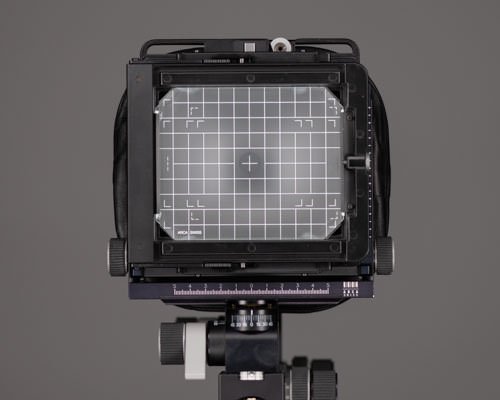
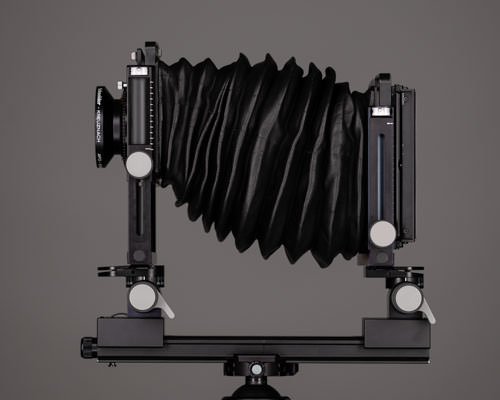
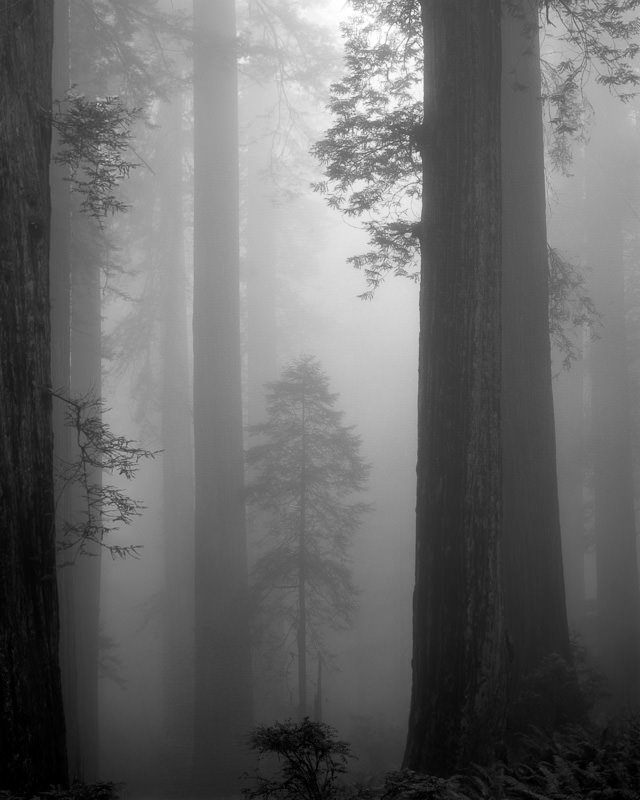
Tilt
The larger the film or sensor size the less depth of field you have to work with. This means higher f-stops are required to keep things sharp from front to back. By utilizing Front Tilt you can move the plane of focus to keep all of the important elements in a scene sharp at a lower f stop. Most lenses are sharpest in the middle of their aperture range so moving your focus plane to shoot at lower f-stops creates sharper images. Shooting at lower f-stops also allows you to shoot at faster shutter speeds which is always welcome when there is a chance of movement in your subject.
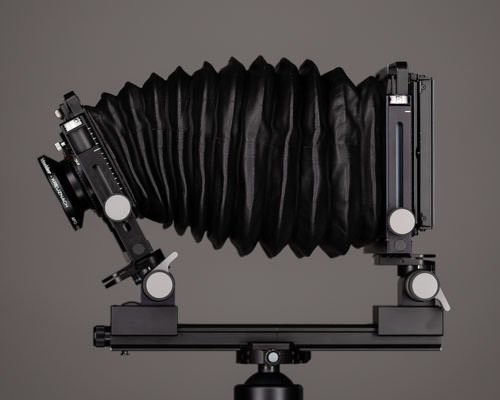
Front Tilt from Side
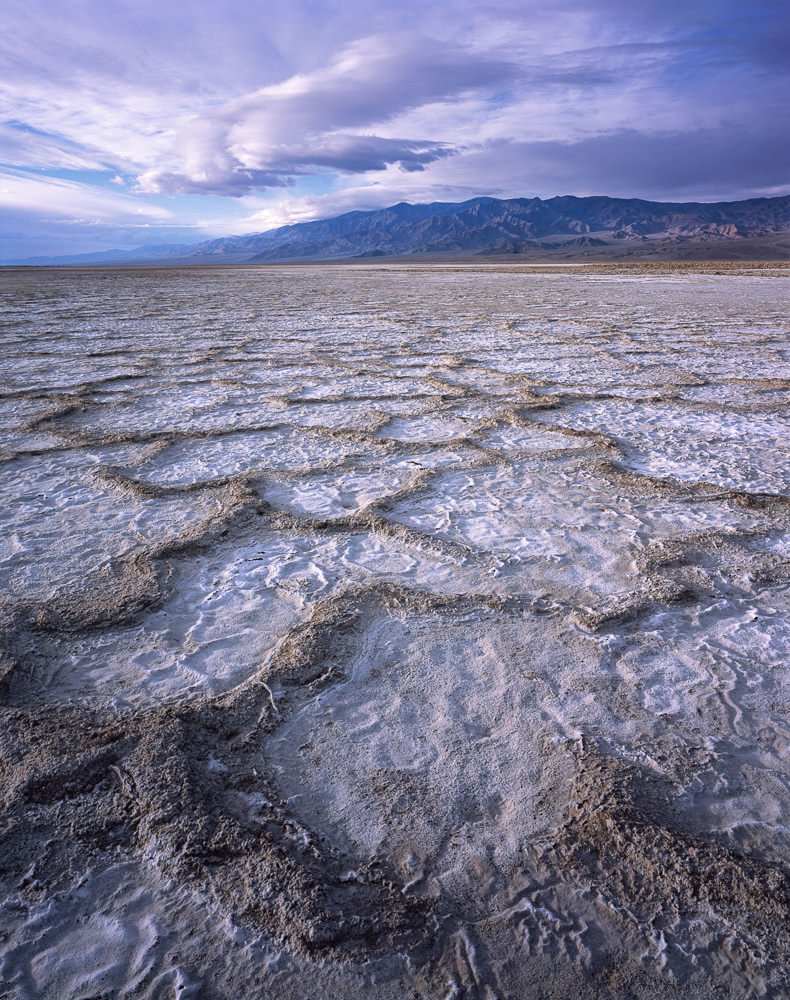
Using Front Tilt the Foreground and Background are both in focus with lower aperture.
Swing
Swing uses the same principle as Tilt but instead of aligning the film plane for elements in the top and bottom of your frame swing allows you to align the film plane for elements on the left and right of your frame.
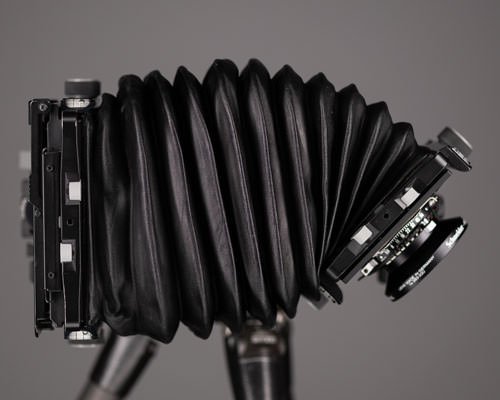
Front Swing from Top
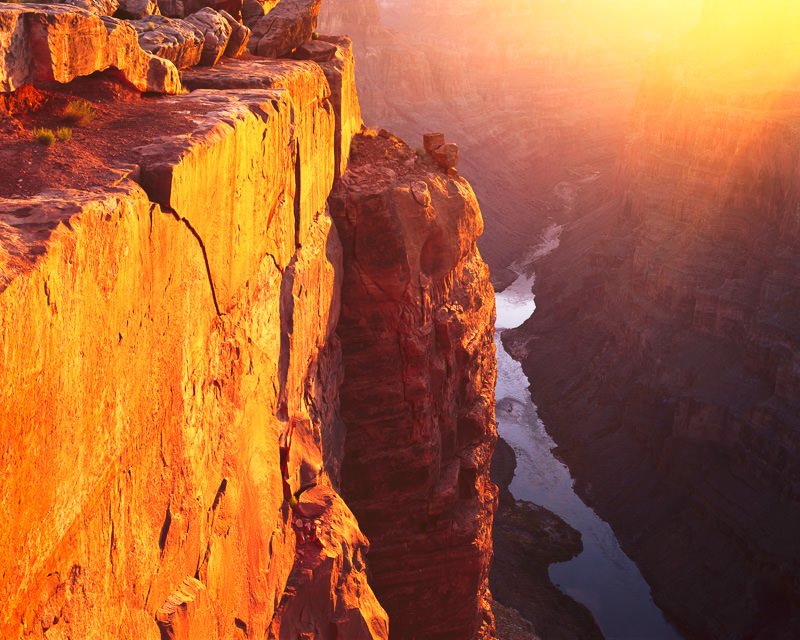
Using Shift the Cliff Face on the left is kept in focus while still using a small aperture.
Shift
Shift is the ability to move the front standard to the right or left while keeping the lens and film planes parallel. Shift is very useful to fine tune your composition without moving your entire camera.
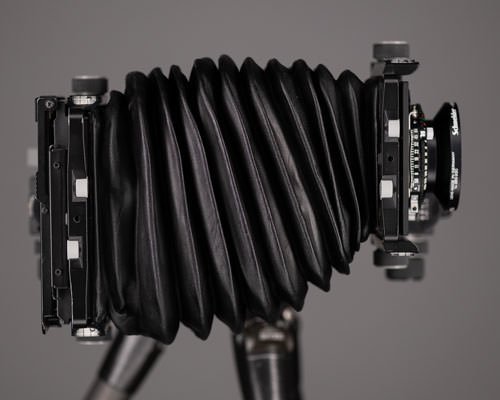
Front Shift from Top

Fine-tuning your composition using Front Shift is especially useful in closeup shots.

Name – Martin Quinn
Location – Phoenix Arizona
Description: I purchased my first large format (4×5) camera in 2005. Living in Phoenix Arizona I spend the majority of my time photographing in and around the southwest.
Gallery: Martin Quinn
Website: http://www.QuinnImages.com

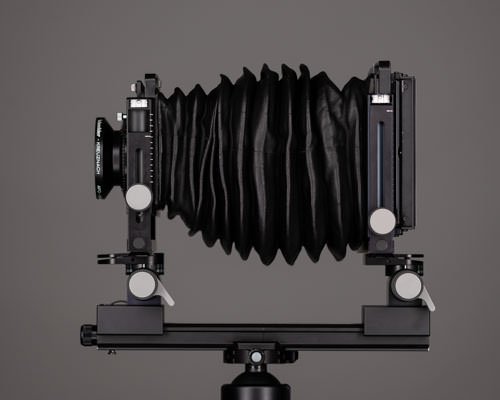
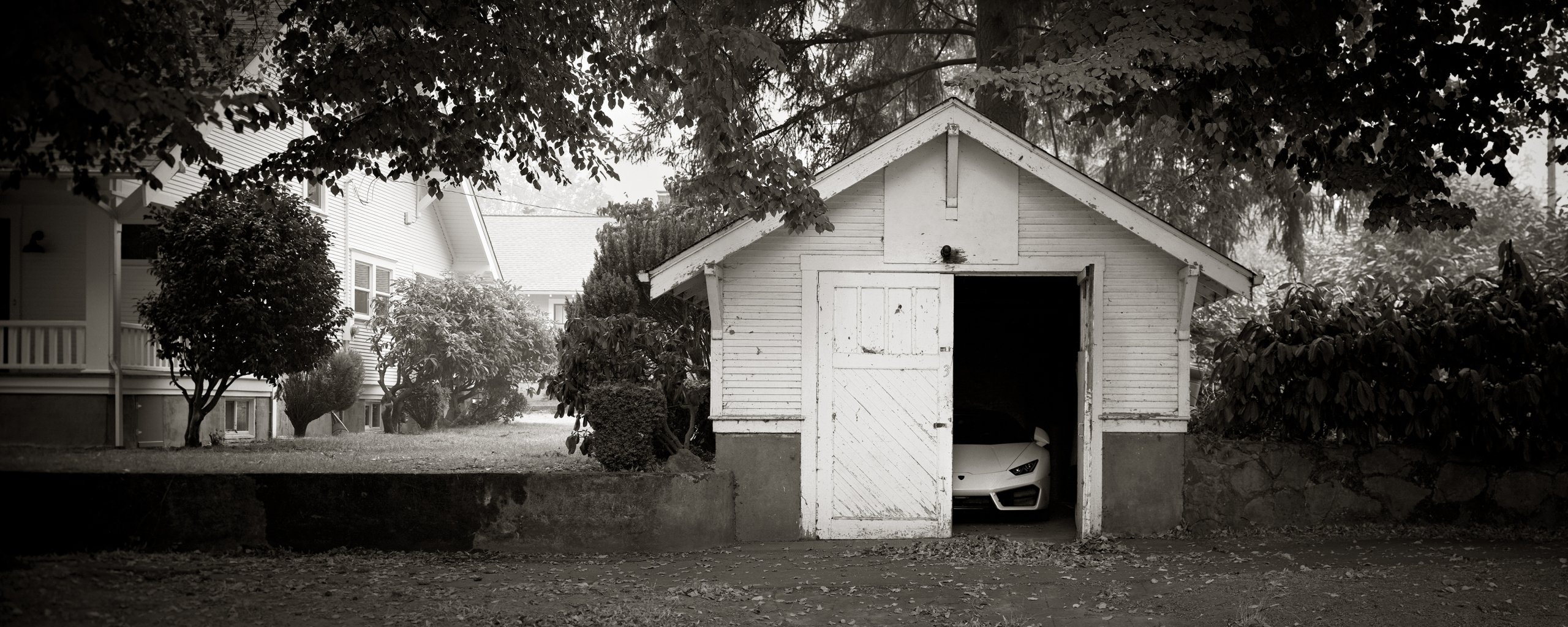
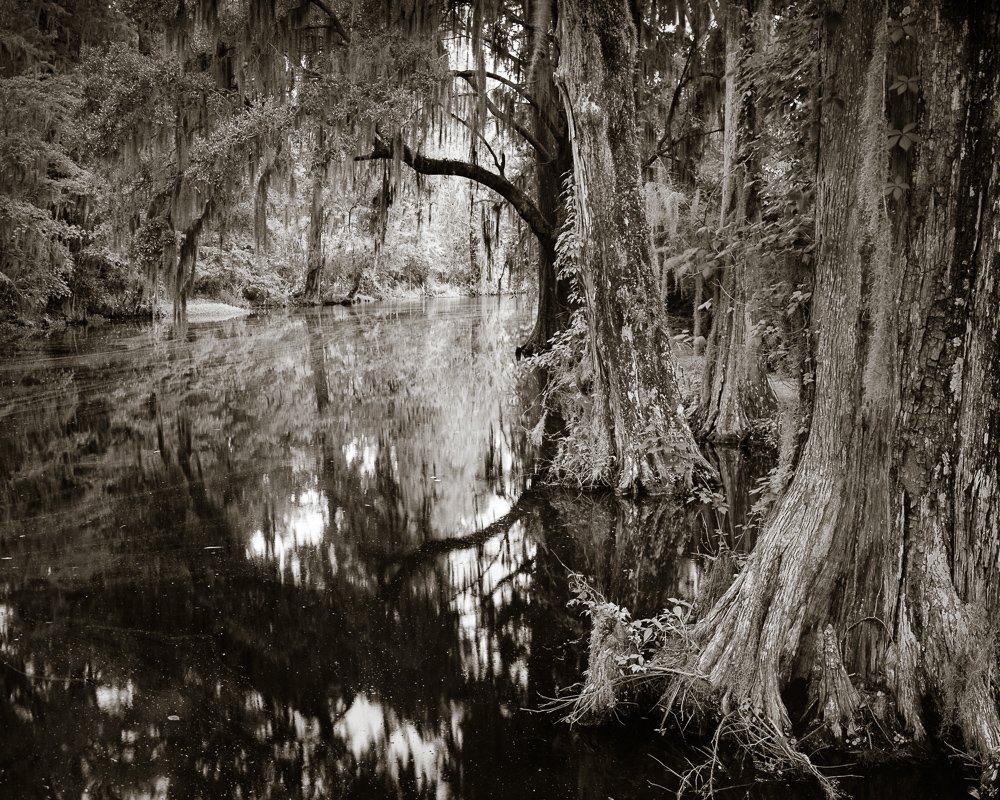

0 Comments